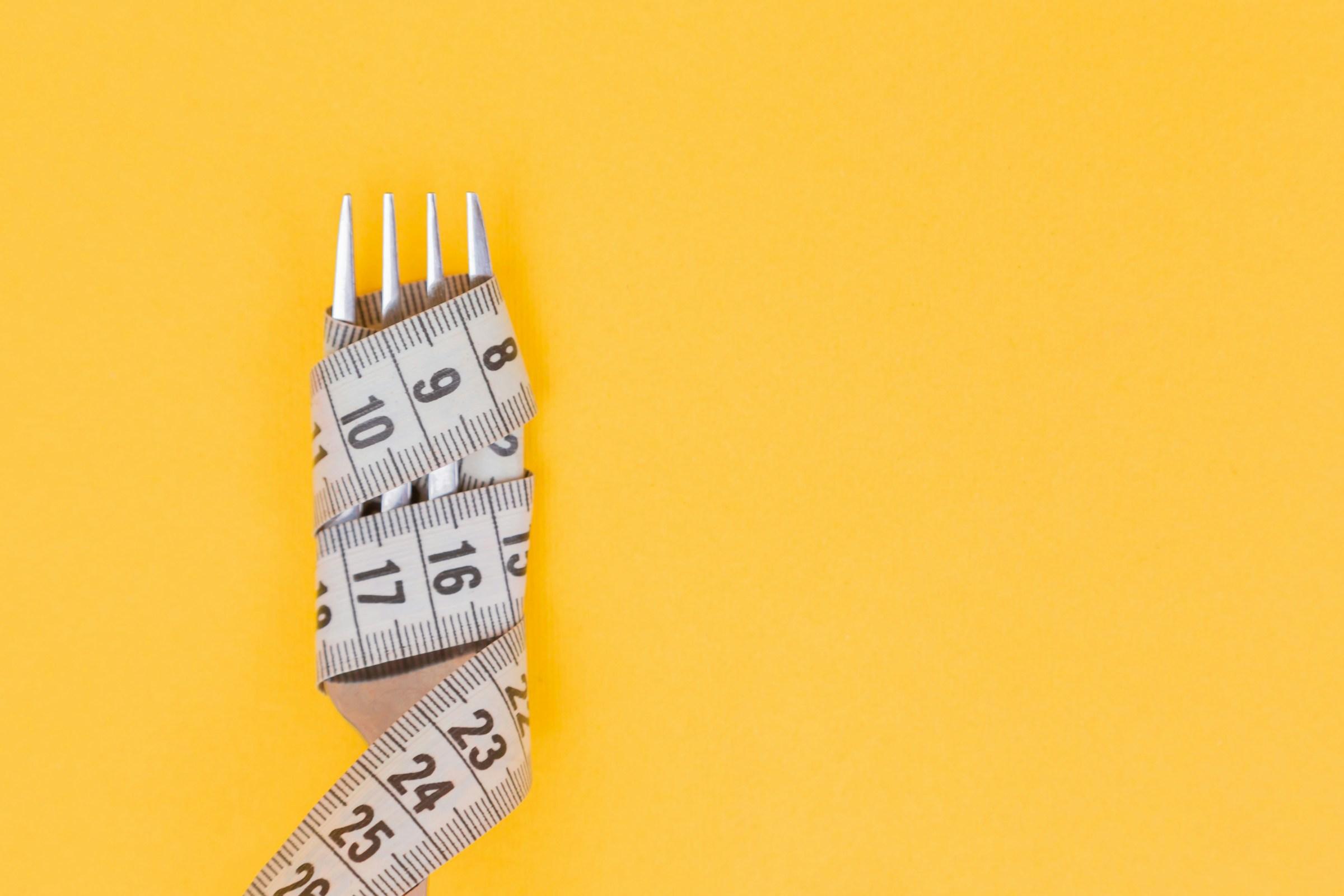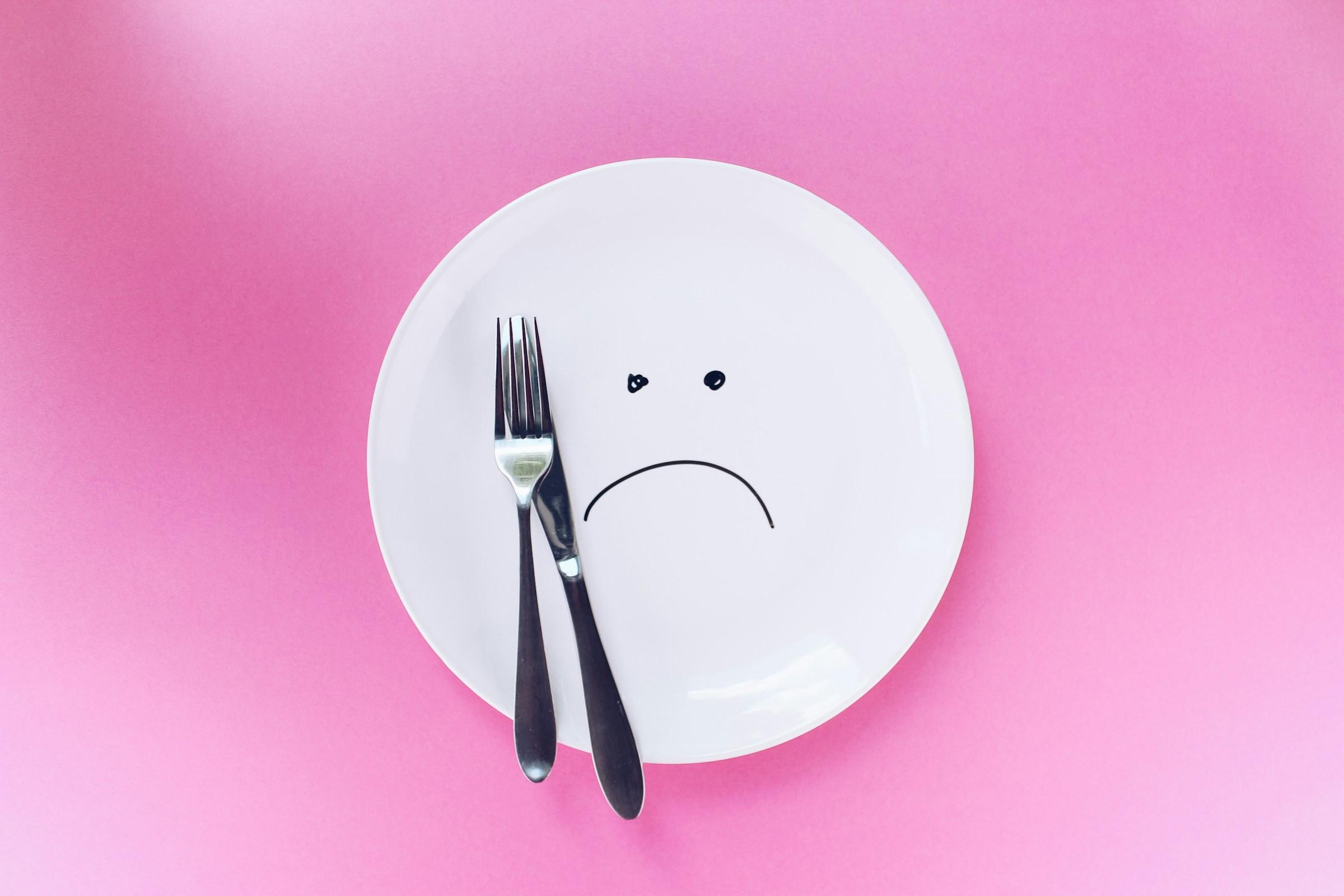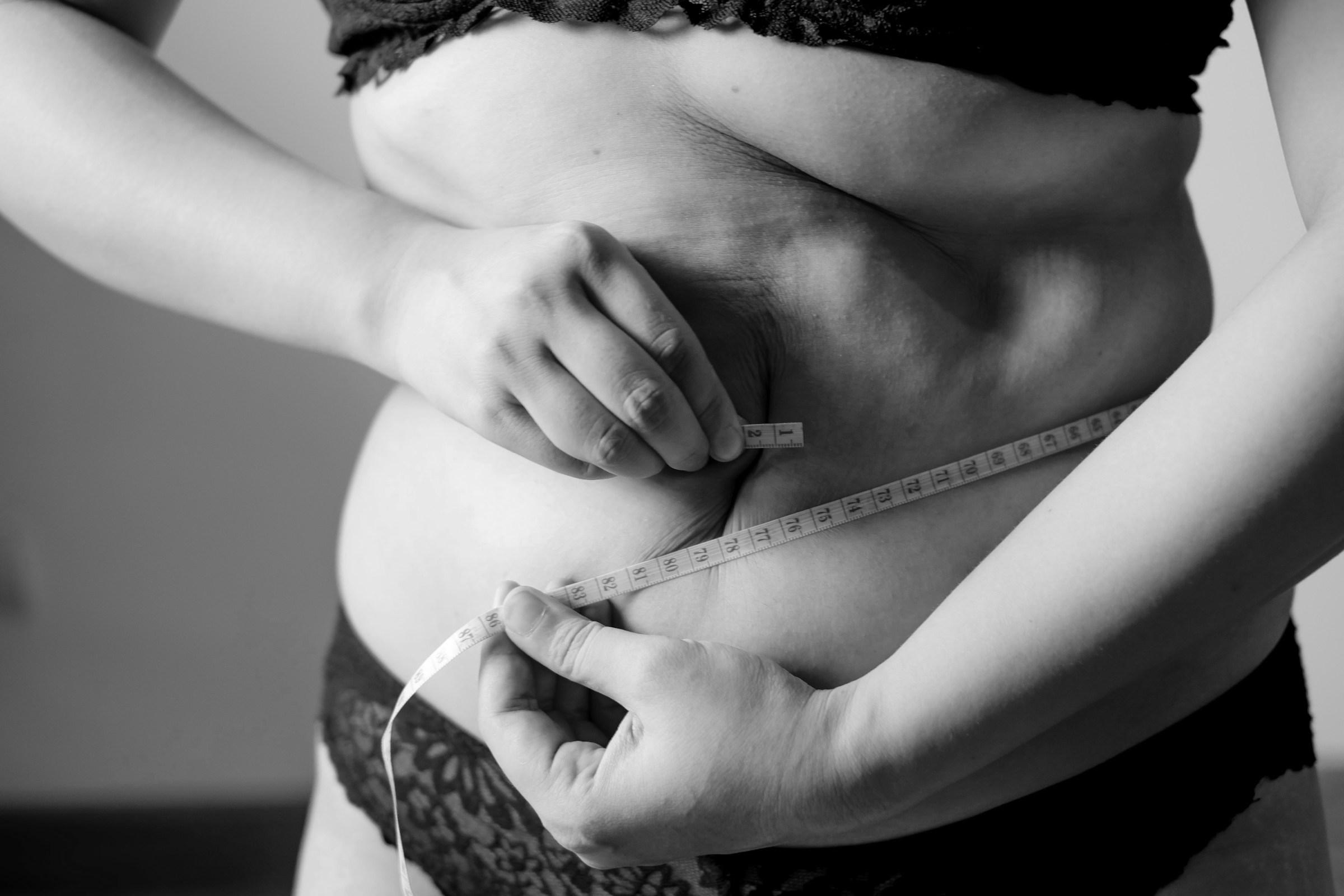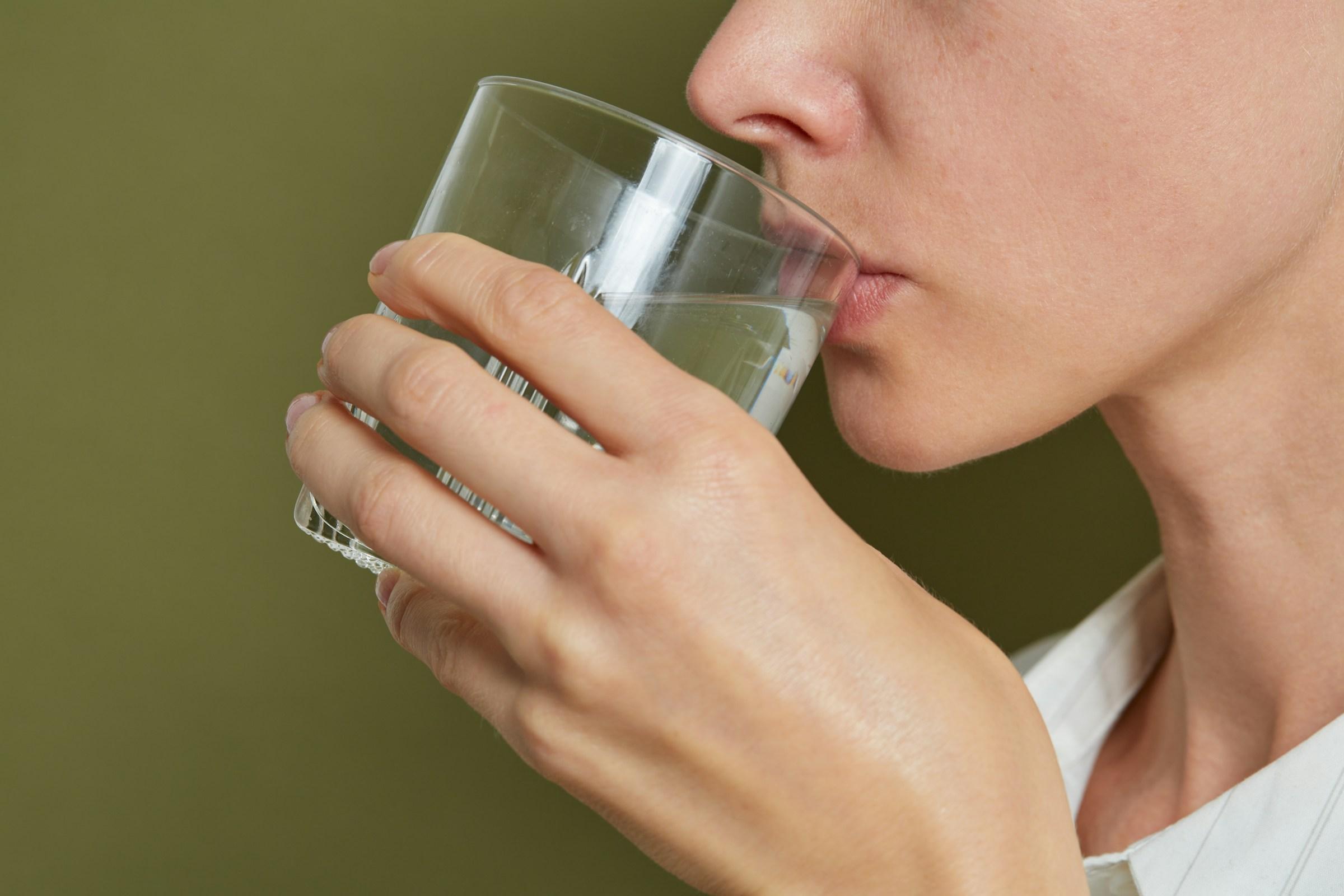Your body runs on water the way a city runs on power. When supply is steady, the whole network hums with little drama. When supply falters, the grid does not collapse at once. It reroutes and compensates. Signals get delayed, services slow down, and small outages ripple through the system. Life continues, but it feels heavier and more fragile. That is what happens in the body when fluid intake slips below what your size, climate, and activity demand. The change begins quietly in the blood. Plasma is mostly water, and when you drink less, plasma volume drops. The heart must beat faster to deliver the same oxygen per minute. At rest this adjustment hides in the background. During a brisk walk or a quick climb up the stairs, the difference steps forward. A familiar pace demands more effort. Breathing feels a little tight. Tasks that should feel easy start to feel sticky, and you blame fitness or willpower when the real lever is fluid supply.
Thermal control begins to wobble at the same time. Sweat is not just a nuisance. It is a heat sink that lets you shed the excess warmth produced by muscles and metabolism. With less water coming in, sweat production and evaporation lag behind your rising core temperature. The brain senses that heat and translates it into fatigue and a request to slow down. Workouts lose their snap. Yard work feels like a chore that stretches into the evening. In hot and humid conditions the cost arrives faster because sweat does not evaporate as well, so heat loss stalls even earlier. The experience feels like a sudden loss of fitness. In reality you are trying to perform while the cooling system idles in a low power mode.
The electrical side of the body lives in its own delicate balance. Sodium, potassium, chloride, and other electrolytes decide how nerves fire and muscles contract. When fluid intake falls and sweat loss pulls salt away, the concentrations shift. Sometimes the first clue is a calf that knots during a jog, a forearm that cramps while you carry groceries, or a vague buzzing in your hands. At other times the signal is subtler. Thought feels less crisp, patience runs thin in long meetings, or small errors pile up at work. Mood dips for no clear reason. When you add back water and a little salt, the fog lifts. It is easy to call that change placebo. It is more honest to call it physiology.
Kidneys act like the city’s water authority when supply tightens. They conserve. Urine becomes concentrated and output falls. You see this on a long afternoon when you finally take a break and the color is much darker than usual. That is the body doing its job. The tradeoff is that waste products spend longer in transit before they leave, and over weeks and months a pattern of chronic underhydration can set the stage for kidney stones or recurrent urinary tract irritation. Those conditions rarely come from one dry day. They build quietly when life is busy and the bottle stays out of reach.
The digestive tract runs smoother on fluid. Fiber only does its work when it can soak and swell so that stool moves along at a comfortable pace. With low intake, the colon pulls more water back from what is passing through. Stool dries, hardens, and lingers. You feel bloated, gassy, and slow. Many people respond by adding bran or another roughage without increasing water. The result is more bulk with the same dryness, which is like adding traffic to a lane that is already narrow. The fix is not more strain or more time in the bathroom. The fix is the simple combination of fluid and movement that restores rhythm.
Skin often whispers what the internal systems are saying. When the body runs a little lean on water, you may not see obvious flaking, but the surface can look dull and reactive. Fine lines show earlier in the day. The bounce that makes skin look rested fades by late afternoon. Hair and nails can lose a bit of sheen and resilience. None of this is cause for alarm. It is a peripheral indicator that your internal environment is not as well watered as it could be.
Sleep patterns also tie into daily hydration, not only in the obvious way of waking to use the bathroom but in the quality of sleep itself. Many people take in very little across the day, then try to catch up at night. The late surge leads to fragmented sleep, a dry mouth at two in the morning, and a groggy start. The next day runs on extra coffee, and salt cravings rise. Water remains low, and the cycle repeats. A calmer pattern works better. Front loading more of the day’s fluid into morning and midday provides the benefits while protecting the night.
The gap becomes unmistakable during athletic work. A loss of even one or two percent of body mass through sweat can blunt endurance, coordination, and decision speed. Heart rate rides higher than usual at a familiar pace. Sprint repeats fade sooner. On the court or field, tactical choices come a fraction too late. The session looks like a conditioning problem when the primary issue is fluid management before and during the effort. Replace what you lose in a steady, sensible way and the same workout feels like a return to yourself.
Cognition shows the strain at smaller deficits than most people expect. Mild dehydration slows reaction time, reduces vigilance, and leans mood toward fatigue. In practical terms that means the line on the page gets read twice, the email needs a third pass, and the patience required for a hard conversation runs out faster. The solution is not an energy drink or a second dessert. It is the simple pairing of water and a bit of salt taken earlier in the day, especially if your environment is warm or your work has long blocks of focus.
Age changes the signals. Older adults can have blunted thirst, take medications that alter fluid balance, or face mobility challenges that make refills inconvenient. A small shortfall on a hot day or during a mild illness can tip into dizziness or confusion. The answer is not to chase a trendy target. The answer is steady access and a simple routine that does not rely on perfect memory. Younger children sit at the other end of the spectrum. They have less absolute reserve, run hotter, and tend to ignore thirst when play is exciting. A headache, irritability, or an abrupt loss of energy can be the first signs. Offering water on a predictable rhythm works better than asking a child whether they feel thirsty in the middle of a game.
Daily life adds its own friction. Air travel dries you out with low cabin humidity. Air conditioning in an office does something similar, and a long video call makes you postpone refills you would make if you were moving around more. A mask can change how your breathing feels, and you may unconsciously sip less. You can go a full afternoon without a drink and only notice when your mouth feels tacky at dinner. The bill comes due at bedtime as restlessness or the next morning as a tight neck and a flat mood.
Illness complicates the picture. Fever increases fluid needs. Vomiting and diarrhea pull water and electrolytes away from the system at a pace that can surprise you. Some medications change how your kidneys conserve or release water. If you have to fast for a lab draw or procedure, you can begin the day behind. Planning matters here. Small sips every few minutes often succeed when larger gulps feel hard. Salty broths can help when plain water is unappealing.
Against this backdrop, it helps to think in terms of cues and anchors rather than strict rules. Thirst is useful but imperfect. It can lag during high output tasks and in older age. Simple checks fill the gap. Urine should be a pale straw color most of the day. You do not need crystal clear output around the clock, and you do not want dark amber that persists through the afternoon. If you weigh yourself before and after a hard session and see a two percent drop, that is sweat loss that needs replacing across the next few hours. Do not flood your stomach all at once. Refill in a steady way and let comfort be your pacing guide.
Totals vary by body size, climate, and activity, but a practical baseline is roughly thirty to thirty five milliliters of fluid per kilogram of body mass each day, counting all fluids and watery foods. That is a starting point rather than a law. Hot weather, heavy training, and long speaking engagements will push you higher. Chilly offices and sedentary days can hide thirst, so routines become more important than instinct.
A light, durable routine works better than grand intentions. A glass on waking tops you up after the long overnight stretch. A glass with each meal fits into moments that already exist. Keeping water within reach during work hours turns intention into action. Time sips around training so that you arrive hydrated, take small steady drinks during longer efforts, and include electrolytes if you sweat heavily, work in heat, or go beyond about an hour. If you track body mass around hard sessions, replace about one to one and a half times the mass you lost in fluid terms across the next couple of hours. For daily life, normal meals provide enough sodium for most people. Heavy sweaters, outdoor workers, and endurance athletes are different. They should plan their electrolytes instead of guessing, and they do not need fancy branding to succeed. They need an adequate dose of sodium, a bit of potassium, and a fluid they will actually drink.
Caffeine has a place. Regular coffee and tea drinkers adapt to its mild diuretic effect and can count those beverages toward daily totals. Still, it is wise to let water and other non caffeinated fluids make up the backbone of your intake. Alcohol deserves caution. It interferes with the hormone that helps you conserve water and leads to more urine. If you drink, follow each serving with a glass of water. End the night with water, and consider a pinch of salt or an electrolyte tab if you plan to be active the next day.
Hydrating foods are a quiet ally. Soups, fruits, yogurt, tomatoes, cucumbers, and leafy greens bring water along with minerals. If plain water bores you, flavor can drive compliance. A squeeze of citrus or a few grains of salt can turn a chore into an easy habit. Temperature matters as well. Cold water slides down more easily in heat, while warm water or broth feels welcome on cool days.
Environment design removes friction. Place a bottle where your eyes fall when you sit down to work. Leave a clean glass near the sink at home. Refill after bathroom breaks and treat that brief walk as a micro reset between tasks. If you live or work with others, make hydration social. Offer a glass when you get one. Shared rituals survive busy days better than solitary goals.
It helps to know the early signs of running behind. A dry mouth that lingers, a light headache that grows through the afternoon, unusual fatigue, or a moment of dizziness when you stand are all small flags. Respond early with a mix of water and a little salt and ease off intense effort for a few hours. Most episodes resolve quickly. Seek care when symptoms are severe or when you cannot keep fluids down. That is uncommon, but it deserves attention.
One risk sits on the other side of the spectrum. Overhydration can dilute sodium, and in rare cases that becomes dangerous. This problem shows up most often in long endurance events when people drink far beyond thirst without adding salt. Balance is the goal. Listen to cues, use the simple checks, and resist the urge to chase perfectly clear urine all day. Your body works best with a steady middle path.
A brief weekly audit keeps the system honest. Count how many mornings start with a dry mouth or a heavy head. Notice how often your afternoon urine stays dark. Pay attention to how many nights are broken by multiple bathroom trips. If a pattern repeats, change one lever for two weeks and reassess. Move more intake to morning. Add electrolytes around training. Place a bottle closer to your workspace. Small tweaks compound.
In the end hydration is not a moral performance. It is a design problem that asks for a few anchors you can keep even on bad days. You do not need rigid targets or expensive products. You need consistency and a plan that fits how you live, work, travel, train, and sleep. Start the day with water. Pair fluids with meals. Keep a bottle where you can see it. Add electrolytes when sweat and heat demand them. Ease off large volumes in the two hours before bed. Adjust for illness, travel, and weather with small frequent sips and a touch more salt. The reward is not only the absence of headaches or cramps. It is a quieter heart rate at work, cooler skin in the sun, smoother digestion, steadier mood, and sleep that restores. When the system has what it needs, the city runs without drama, and you feel like yourself again.














